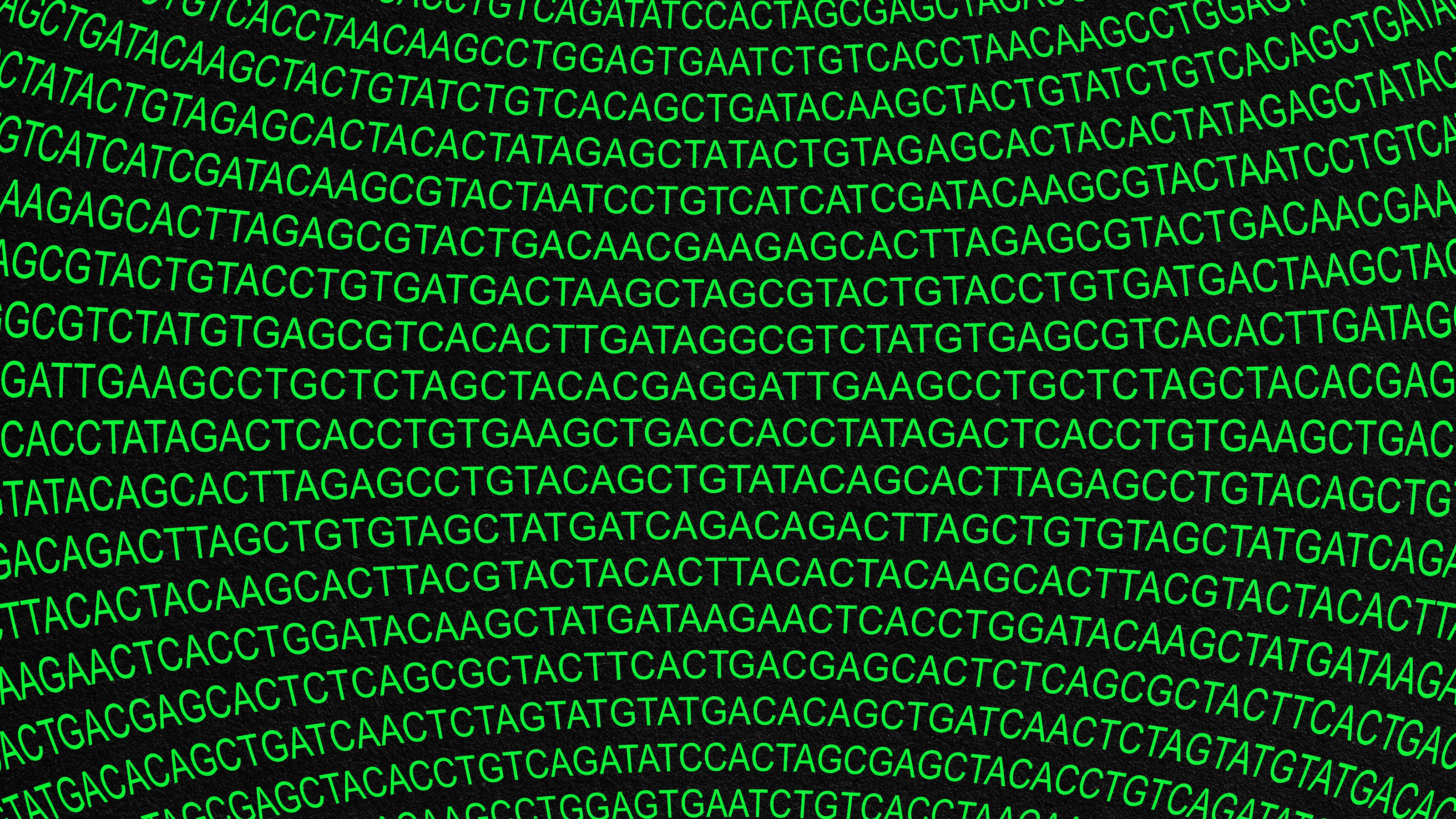You Can Thank Junk DNA For That Face Of Yours

What’s the Latest Development?
Scientists at the Lawrence Berkeley National Laboratory created three-dimensional digital models of mouse embryos in order to examine how genes express themselves in different parts of the developing body. They noticed that short sequences of noncoding DNA, also known as junk DNA, were active in the facial region. To understand what was going on, they created mice that were genetically engineered to lack one of these sequences. Comparisons of these mice with a control group revealed subtle differences in facial shape. For example, one deleted sequence “left mice with faces that were longer – but skulls that were broader and shorter – than the control mice.”
What’s the Big Idea?
As with everything else, genetics control human face shape, but the number of genes that scientists knew about accounted for a very small fraction of the many different types of human faces. Also, it was believed that junk DNA didn’t contribute much, if anything, to biological functions. Lawrence Berkeley geneticist Axel Visel says that their discovery may help pinpoint not only how faces are formed, but how a facial deformity such as a cleft palate can develop. Details of the research were published in Science.
Photo Credit: Shutterstock.com





